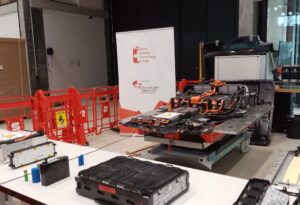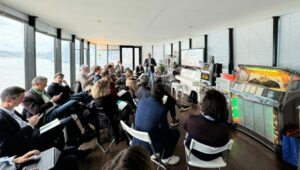💡 Futura-Mobility explores Switzerland, the most innovative country in the world
💡 Futura-Mobility explores Switzerland, the most innovative country in the world
Thanks to a combination of societal, political, and geographical factors, Switzerland has forged an identity as a real breeding ground for innovation in all fields of activity, including transport. Furthermore, this is nothing new! In fact, according to the World Intellectual Property Organisation’s (WIPO) global index, in 2023, for the 12th year running, Switzerland was still the most innovative country in the world.
At the end of October 2023, a delegation from Futura-Mobility, the prospective and innovation think-tank for mobility stakeholders, travelled to Switzerland to explore this innovation ecosystem through visits to R&D laboratories and institutes, and meetings with start-ups. Participants included representatives from SNCF, Keolis, Valeo, Plastic Omnium, Stations-e, Paragon Mobility, ESTACA, and Bouygues. The main areas explored were energy and, more broadly, mobility and innovation.
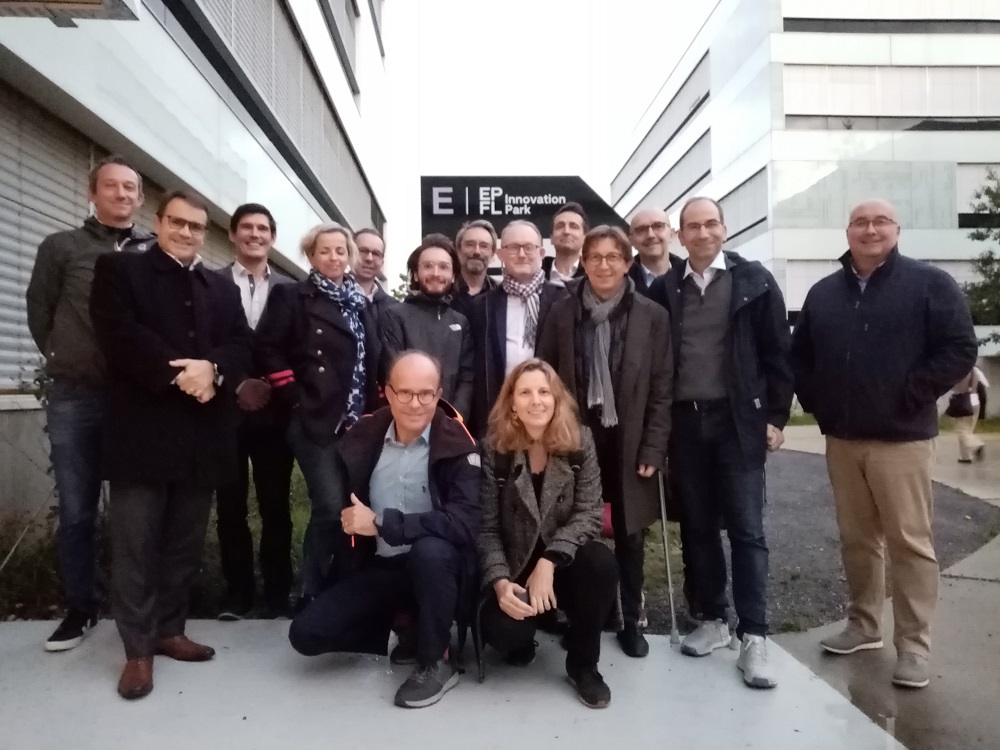
Futura-Mobility’s visit was greatly facilitated by support from Greater Geneva Bern area (GGBa), the economic development agency for Western Switzerland, which represents six French-speaking or bilingual cantons: Bern, Fribourg, Vaud, Neuchâtel, Geneva, and Valais.
Its mission is to support foreign companies (administrative procedures, advice on tax matters, relations with the EU, etc.) so they can quickly locate and develop their activities in the region.
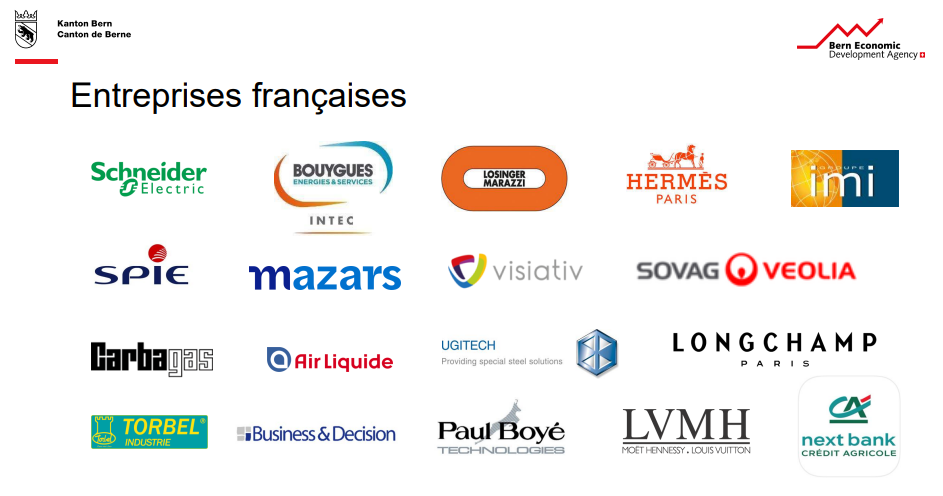

Switzerland has understood that to develop innovation, favourable legislation and a meeting of minds between academia and industry are key. At legislative level, everything is well thought out and planned, and expenditure programmed and secured for the medium to long term. This means the legislative framework is stable and enables investment. Sara El Kabiri, future mobility expert at the Federal Office for Spatial Development ARE, met during the trip, gave a good illustration of this approach. She presented an overview of transport policy in Switzerland, from the C19th to current prospective studies and related transport development plans.
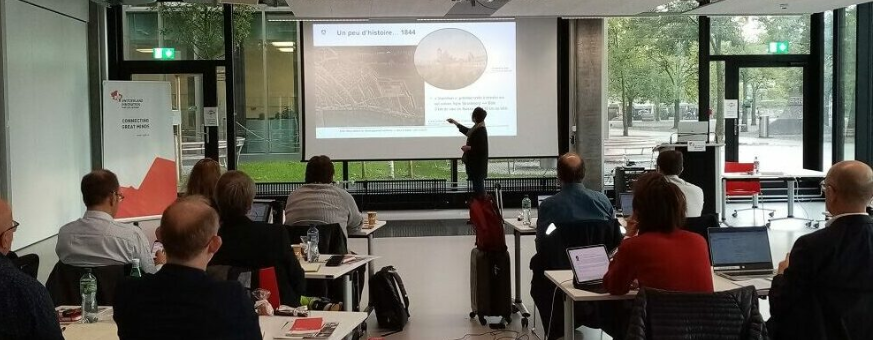
Switzerland – facts & figures
- Switzerland’s gross domestic product (GDP) per capita is the second highest in the world (in 2020, it reached USD 86,850 according to IMF statistics). Swiss GDP by sector: primary 0.7%; secondary 25.5%; tertiary 73.8% (©DFAE, PRS 2021).
Note the importance of the secondary sector, generating 25% of GDP in Switzerland in 2021 (compared with 17% in France and 23% in Germany).
- By international comparison, the level of public debt in Switzerland remains relatively low (even after the crisis linked to the COVID-19 pandemic). At the beginning of 2021, gross public debt (before deduction of financial assets) amounted to almost 15% of GDP (or around CHF 100 billion).
- Swiss VAT is the lowest in Europe. The rate is 8% for most goods and services, 3.7% for housing, and 2.5% for basic necessities.
- Every year, Switzerland spends over CHF 22.5 billion on research and development (R&D), or around 3% of its GDP. More than two-thirds of this amount is invested by private companies.
- The Swiss trade balance in surplus by +CHF 43 bn in 2022 (-€164 bn France; +€82 bn Germany) – source Eurostat.
(source: Swiss Confederation website, 2021)
EPFL, a melting pot for innovation linked to business
With its 360 laboratories, 2,500 PHDs, over 12,000 students of 130 nationalities, and more than 500 start-ups since its creation, the EPFL in Lausanne is a place of interaction between the innovation, research, and business missions of the universities funded by the Swiss federal government. Antoine Jourdan, innovation director at Switzerland Innovation Park West EPFL, is responsible for linking up the needs of businesses with EPFL’s research axes and other realities of academic life in Switzerland. He works with companies from the inspiration stage, through scientific collaboration, to firm project support. He also facilitates access to talent for companies and helps them take a long-term view of their presence in the country, specifically at innovation parks like the EPFL Innovation Park.
Among the projects carried out by the laboratories focusing on mobility, the one involving trains equipped with cameras to analyse rail deformations in real time is a perfect example of this synergy between theory and practice. Another example is the study on launching paper planes, which could have major implications for the aerospace and vehicle design industries.
To help companies better understand the Swiss innovation ecosystem and support them, the EPFL has developed the KNOVA platform. This helps companies understand their specific needs and identify innovation opportunities within the ecosystem. Monthly ‘sprint’ sessions and immersion periods lasting several months enable companies to work closely with experts and researchers, encouraging the development of innovative solutions.
Another collaborative tool is the Ecotope co-creation park, which aims to further break down the barriers between businesses, research laboratories, and start-ups, by encouraging co-creation between “policy-makers, researchers, investors, managers, entrepreneurs, students, and citizens”.
VITA, for “socially conscious” AI
Research by the Visual Intelligence for Transportation (VITA) laboratory at EPFL Lausanne is paving the way for a future where self-driving vehicles and delivery robots will be part of everyday life. The living spaces of homes, terminals, and cities could also be equipped with “ambient intelligence” (everyday technologies working together seamlessly) capable of perceiving human behaviour and adapting responses to it.
VITA has developed the concept of “socially conscious artificial intelligence (AI)”, capable of perceiving, navigating, and negotiating within socially complex environments and interactions. Using AI image analysis in particular, the laboratory is working to gain a better understanding of the flow of people along routes, to predict human behaviour, and to create digital twins of cities.
An expert in AI ethics at VITA, assistant professor Alexandre Alahi is focusing in particular on the ethical choices associated with autonomous mobility. He stresses the importance of addressing crucial issues such as liability in the event of an accident, moral decisions taken by autonomous systems, and the social impact of autonomous mobility. In particular, the ethics of road safety are especially at the heart of his concerns.

Automotive industry experts often reckon the main obstacle to the widespread roll-out of autonomous vehicles (AVs) lies in the technological complexity and challenges of predicting human behaviour. Autonomous systems must not only perceive their environment, but also anticipate the actions of pedestrians and other vehicles, which requires significant advances in the detection and analysis of social signals.
In response to these challenges, researchers at the VITA lab are exploring methods for teaching AI ethical and social norms, while allowing contextual adaptation. Solutions like reproducing individual or collective ethics in AI are being considered, along with mechanisms to allow users to share their ethical values with autonomous systems.
LASUR, looking closely into the mobility experience
Also at EPFL Lausanne, the Laboratory of Urban Sociology (LASUR) is made up of around 20 researchers and doctoral students working together to understand urban experiences from a social science perspective. Under the direction of professor Vincent Kaufmann, the team studies in particular all types of mobility, both for people and goods, in urban areas.
As the sole sociology laboratory within EPFL, LASUR is essential for understanding the acceptability and adoption by people of technologies developed by engineers, and for anticipating or observing uses.
During Futura-Mobility’s visit, professor Kaufmann explored the relationship with speed and the issues raised by de-mobility.
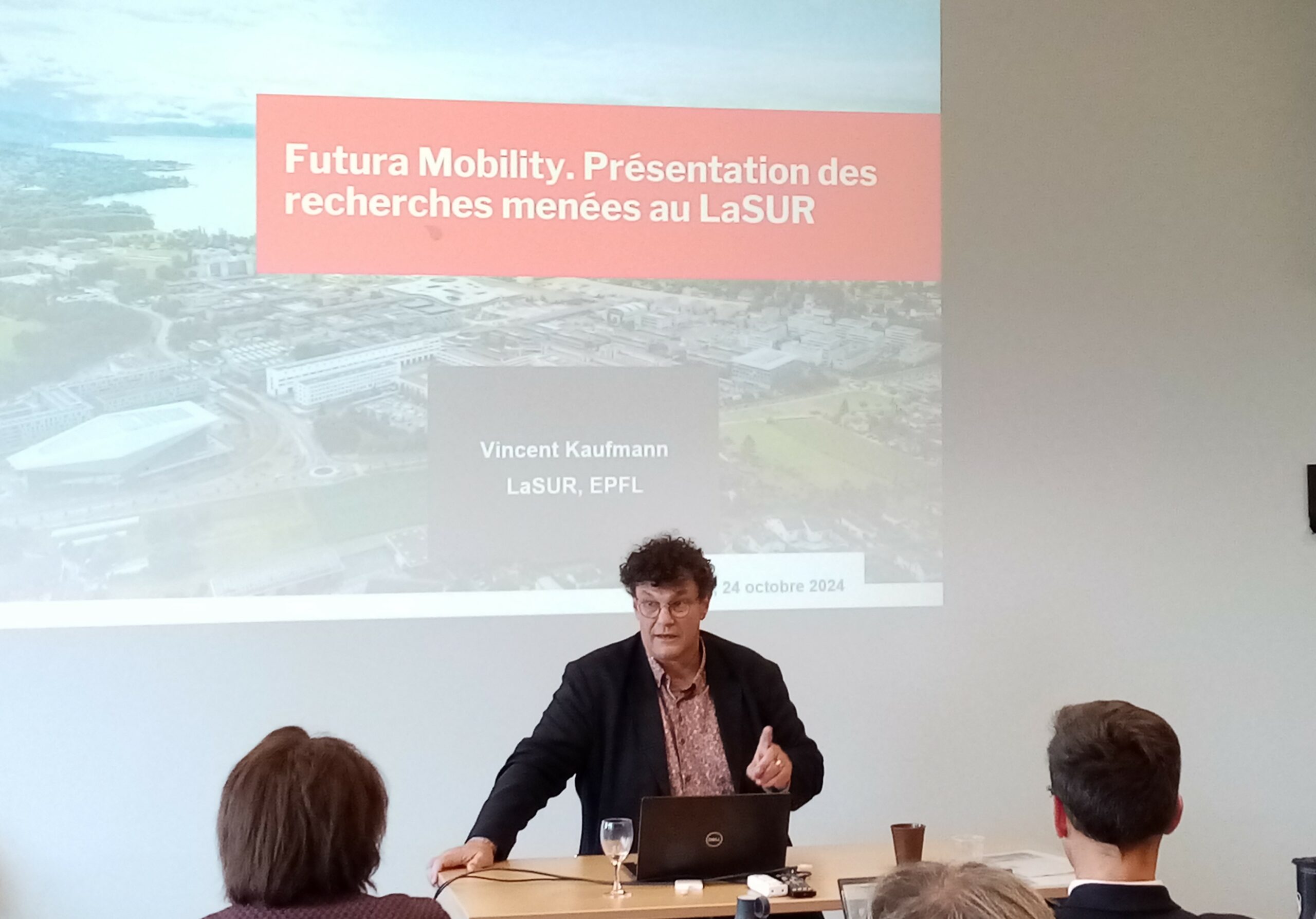
In today’s society, speed is often synonymous with progress and achievement. Travelling long distances quickly and frequently is often valued and seen as a sign of dynamism and success. Even at research laboratories, the best are sent to distant conferences to present their research.
This social norm of speed raises important questions, especially with regards its impact on the environment and people’s quality of life.
In Switzerland, for instance, many people’s lifestyles are based on commuting: they find work in distant towns but choose not to move, relying instead on transport networks for their daily journeys. This practice is based on the principle of reversibility, meaning that people use the speed potential provided by existing infrastructure to avoid making irreversible choices like moving house, or even inter-regional migration, which would entail significant changes in their daily lives, especially in terms of education, language, and culture.
The ‘Job Mobilities and Family Lives in Europe’ (2016) research found that almost one in two people in several European countries had experienced intensive and regular long-distance travel (daily or weekly, or frequently with an overnight stay) during their working lives. People who experience this are generally less happy than others and have a higher divorce rate. Researchers also agree that excessive mobility is one of the main obstacles to decarbonising mobility use.
Faced with these challenges, initiatives are starting to emerge. For instance, some research institutes are considering introducing carbon quotas per laboratory, thereby encouraging researchers to reduce their travel and adopt more sustainable practices.
Energy was the main theme of Futura-Mobility’s exploratory trip to Switzerland. Our dedicated article – Switzerland, innovation territory for better performing energy systems – details the discoveries and meetings around this vast topic, especially with:
– EPFL Valais, in the canton of Sion, and more specifically, the Energypolis campus;
– the Industrial Process and Energy Systems Engineering (IPESE) laboratory at Energypolis;
– the Swiss Battery Technology Centre (SBTC) at Switzerland Innovation Park Biel/Bienne;
– iBAT, a university network of research, industry, and government, and CircuBAT (Circular Economy Lithium-Ion Batteries), which aims to ‘improve batteries from the design stage for more efficient recycling and to extend their lifespan’;
– the Centre for Energy Storage Research at Bern University of Applied Sciences
– WattAnyWhere, a Franco-Swiss start-up proposing an additional energy supply solution through production of electricity from biomass, independently from the national grid.
As well as focusing on energy issues, Futura-Mobility also took advantage of its trip to Switzerland to meet start-ups at different stages of development, as well as inspirational people and communities in the field of mobility.
Swisspod, the ‘made in Switzerland’ hyperloop project
At EPFL, further to research carried out by the VITA and LASUR labs, the Futura-Mobility delegation also discovered Swisspod, a start-up from the Distributed Electrical Systems Laboratory (DESL) – Power Systems group, professor Mario Paolone‘s laboratory.
In 2018 and 2019, the EPFLoop team came 3rd out of 1,000 teams in Elon Musk’s hyperloop competition. It then joined forces with the EPFL-FESL to research and develop a ‘designed in Switzerland’ hyperloop, and so Swisspod was born.
“A hyperloop system is a series of high-speed, low-energy consumption capsules in a very low-pressure environment,” explains Mario Paolone. “Given the acceleration, it is not feasible to stop every 100km, so this mode of transport is not competing with trains but rather intracontinental flights, so could upend the way we travel.”
The special features of the Swisspod project lie in its propulsion system, which doesn’t require an active rail (like the Maglev high speed train), and the capsule levitation system integrated with the propulsion. In terms of speed, the optimum envisaged by the team is 610km/hr, since according to the calculations from Denis Tudor’s doctorate, to go even faster would mean expending too much energy for every km travelled. This is clearly a far cry from Musk’s promise (in 2013) of 1,200km/hr!
With a focus on energy efficiency, sustainability, and cost reduction of infrastructure, SwissPod’s technology is designed to be modular, allowing for different system configurations. This approach opens up a world of possibilities for different types of freight and passenger use cases.
The aim is to focus on freight first (0.5% of the Swiss market is targeted) before moving on to passenger transport, “because it will serve as a springboard for assessing safety and gathering data,” explains Mr Paolone. A potential use case for transporting goods would be a tube linking sorting centres outside cities to distribution centres inside.
In Lausanne in 2021, Swisspod set up the world’s first hyperloop test facility with an infinite circular trajectory. “This reduced-scale (1/12) hyperloop test track is designed to minimise energy consumption and infrastructure costs, while imitating as much as possible the speed and physical characteristics of its model corresponding to full scale,” explains Denis Tudor. Why circular? “Because to really test the propulsion and autopilot systems, you need a trajectory of around 100km, which the circular track allows.”
With the capsule prototype ready in July 2023, the first tests on this track began in October 2023.
Cargo Sous Terrain, goods transport without nuisances
Perhaps at the dawn of the next revolution in goods transport, Cargo Sous Terrain, a company set up in 2017 in Basel, is developing an innovative solution: a system for transporting goods over a distance of 500 kilometres through tubes installed 20 to 60 metres underground.
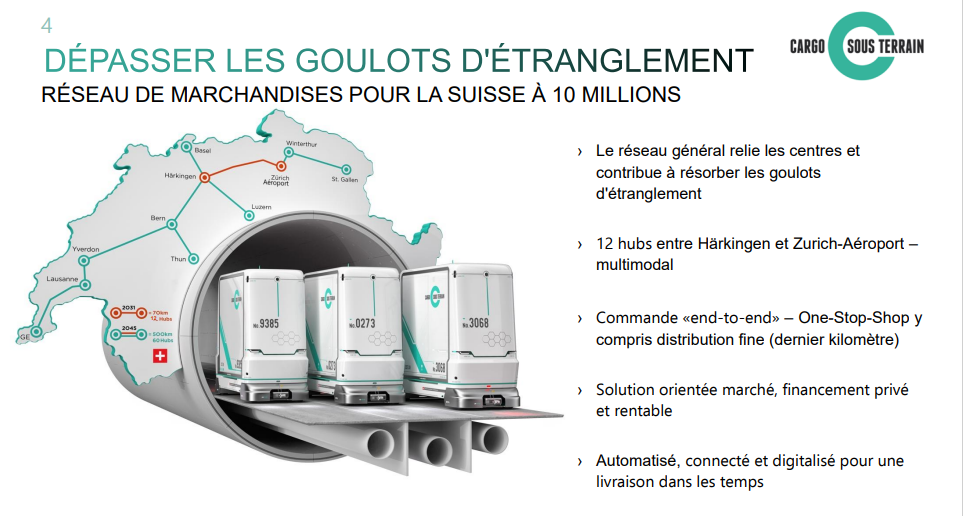
This infrastructure with three-lane tubes (two for transport and one in the middle for maintenance) is designed to meet growing transport demand yet avoid congestion on existing infrastructure like rail and road. By eliminating the emissions and noise linked to freight transport, the project aims to improve the quality of life for local residents while preserving the aesthetics of the Swiss landscape. The aim is also to reduce freight traffic in urban areas, so helping to relieve congestion in city centres and improve traffic flow.
The system will be based on 12 logistics centres strategically located to facilitate the entry and exit of goods. One of the special features of the project is its use of automated vehicles, equipped to transport small parcels, to enable efficient sorting at the point of origin. Goods will be grouped according to their destination, then delivered to the city by vehicles combining the loads of several customers.
Studies carried out in with the University of Zurich have shown that the Cargo Sous Terrain system could reduce goods traffic in the city of Zurich by up to 25%, thus illustrating its potential on a large scale.
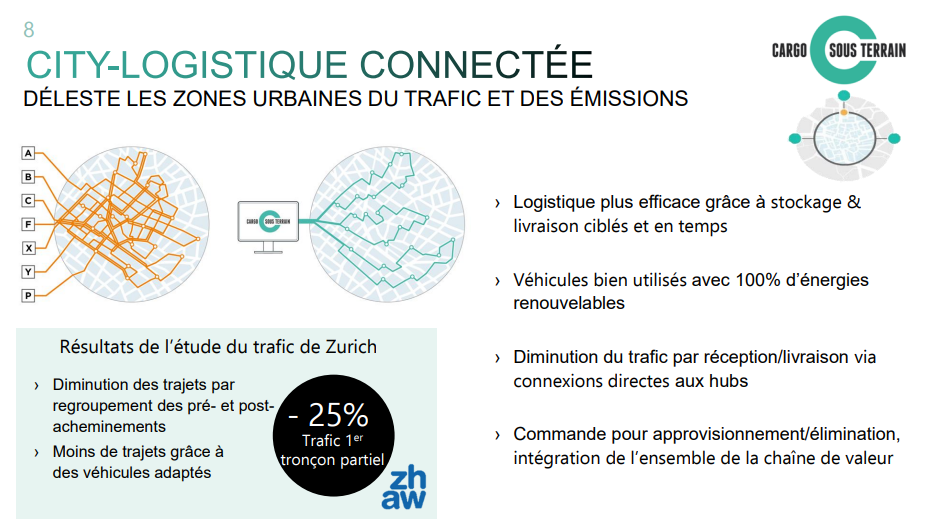
Cargo Sous Terrain will be financed exclusively by private funds, in accordance with the Federal Act on Underground Freight Transport. Currently in the planning phase, the company will next apply to the federal authorities in 2024-2025 for construction approval.
Decongesting and decarbonising passenger water transport
MobyFly, a start-up from the canton of Valais, is currently in the experimental phase of designing fast hydrofoil boats for the fast ferry market. Its mission? To relieve congestion in cities and help reduce the carbon footprint of maritime transport.
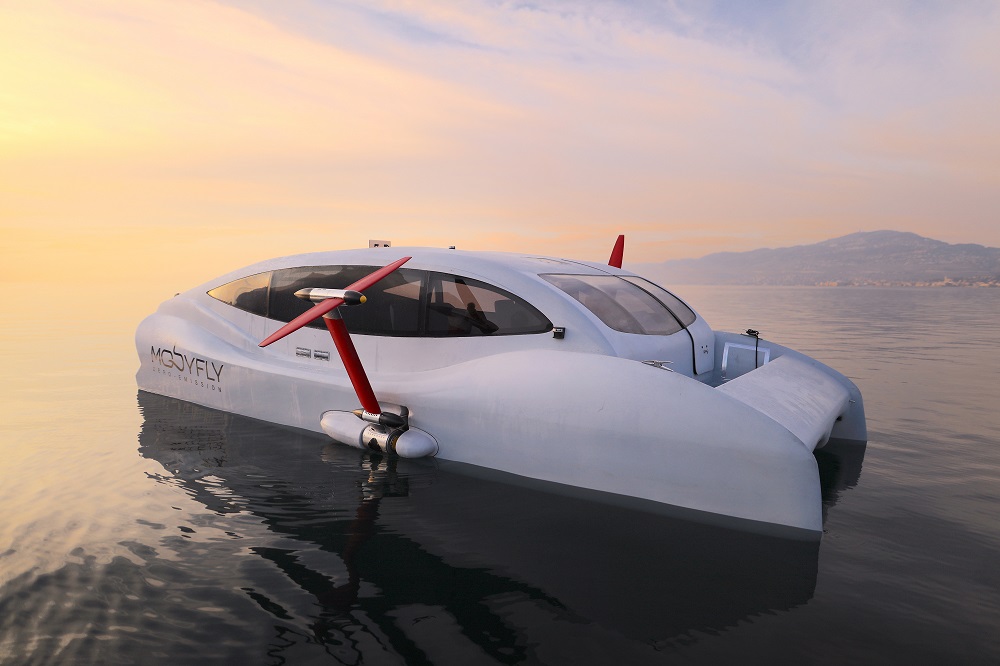

“One of the most striking features of these hydro-foil boats is their flight control software, developed using drone technology,” explains Sue Putallaz, co-founder and CEO of the start-up. “With ten years’ experience, this software has already proved its worth on numerous boats, including in prestigious competitions like the America’s Cup. It guarantees optimum stability for the boat, while achieving optimal speed for maximum energy efficiency.”
Powered by electric or hydrogen motors at 70km/hr, MobyFly says its boats can consume up to 95% less energy than diesel ferries operating today. Although current legislation still requires a pilot on board, over time, switching to autonomous piloting will be possible.
MobyFly’s target market is transport routes around the world covering distances of 0 to 100 kilometres. The boats are designed to accommodate between 12 and 350 passengers, meeting the needs not only of tourist travellers but also commuters looking to move efficiently from point A to point B.
The company, which already has a certified prototype on Lake Geneva, plans to launch its first pre-production run shortly.
Political support, partnerships, and strategic locations
One of the success stories told during the trip revealed Carvelo, a project that arose from the Mobility Academy (see box) and was developed together with the Swiss Federal Office of Energy in 2015. Over the years, Carvelo has become the world’s largest sharing platform for electric cargo bikes, with a network covering more than 100 cities in Switzerland by 2023. Its business model is profitable, with annual sales of CHF 1.6 million.
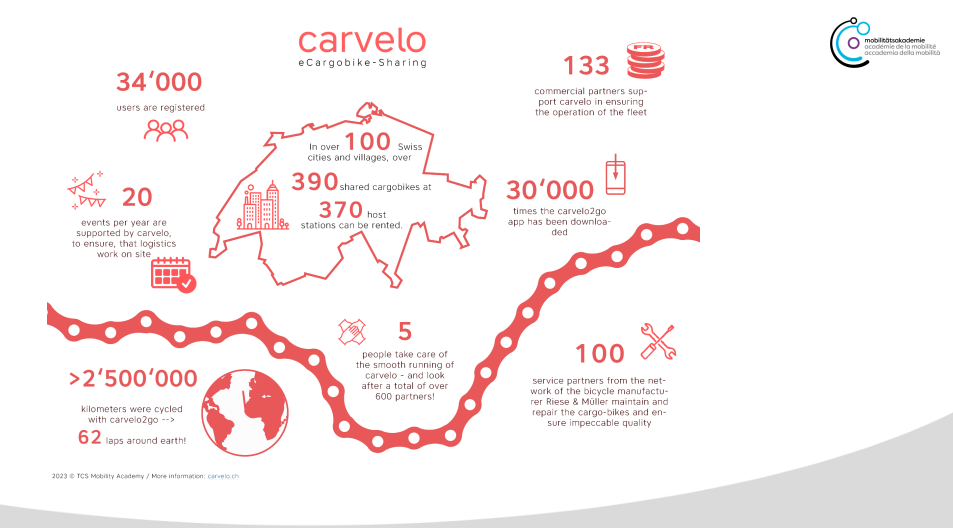
According to Dr Jörg Beckmann, vice director of Touring Club Suisse and founding CEO of the Mobility Academy, the lessons learned from Carvelo underline the importance of political support in scaling up innovative solutions. In addition, partnerships with local businesses and the strategic location of cargo bike stations near retailers have helped extend the reach and use of the service.

Innovative start-ups, industry players, and national governments are joining forces at the Mobility Academy, created in 2008 by the Touring Club Suisse (TCS). The Academy works for the sustainable structural development of mobility and plays a central role in policy advice. Its lobbying efforts are aimed at promoting shared mobility solutions.
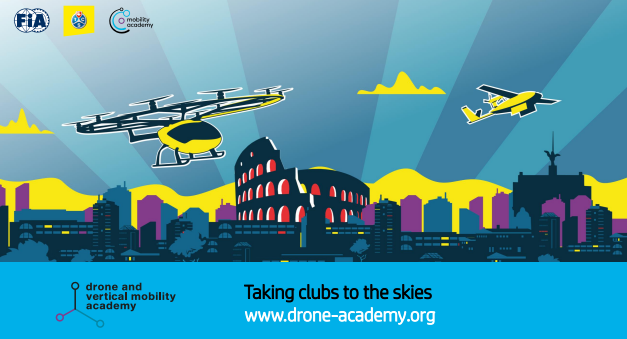
Pioneering initiatives led by Dr Jörg Beckmann and his team include:
– drone transport and e-VTOL with the creation of the Drone & Vertical Mobility Academy, an original commission from the Fédération Internationale de l’Automobile (FIA);
– the implementation of everyday solutions like Carvelo;
– shared electric vehicle services.
Fairtiq, smart ticketing for public transport
Another Swiss success story is Fairtiq, a mobile application currently available for public transport (train, tram, bus) in Switzerland, Germany, Austria, Liechtenstein, and France. Users simply swipe to start their journey and swipe to end it at their destination. The app automatically detects the transport mode used by the passenger and then selects, at the end of each month for instance, the best billing for the passenger based on data collected and the offers from the transport operators.

Since its launch in 2016 in Bern, Fairtiq has managed more than 150 million journeys through its systems, including 3 million in France alone. The strength of the system lies in its ease of use for passengers.
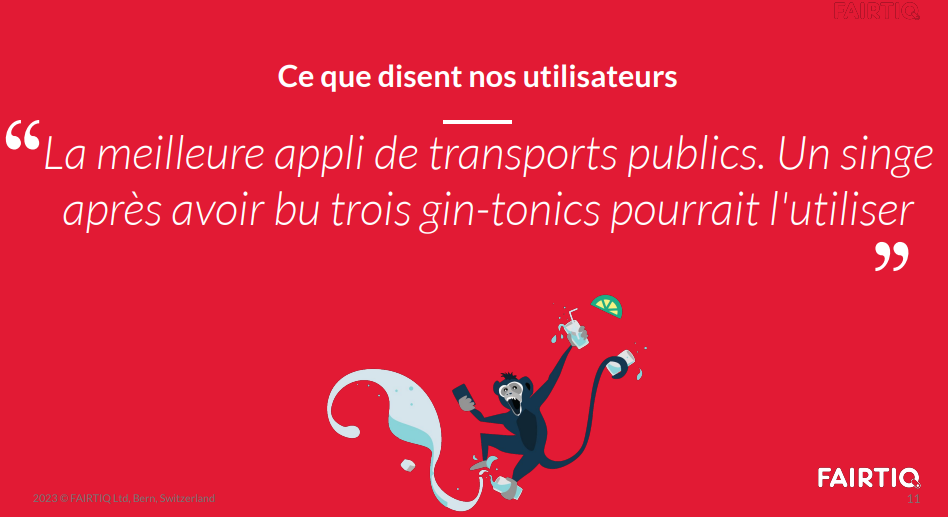
The keys to Fairtiq’s success, according to its founder and co-CEO Gian-Mattia Schucan, lie in innovative and customised solutions that meet the diverse needs of its international clientele, ongoing investment in R&D, and a diverse team. “With professionals from a wide range of backgrounds and expertise, we cultivate a collaborative and stimulating environment that fosters innovation and growth.”
Tip of the iceberg
During this exploratory trip, the Futura-Mobility delegation discovered a Switzerland rich in ideas and innovative initiatives. The various research activities are generating a wealth of ideas with industrial potential. Researchers, engineers, sociologists, entrepreneurs… they are all passionate about, and interconnected by, the innovation ecosystem supported by the public authorities. Futura-Mobility’s two-day trip revealed just a glimpse of this wealth. Clearly there is still plenty more to explore in the world’s most innovative country.

